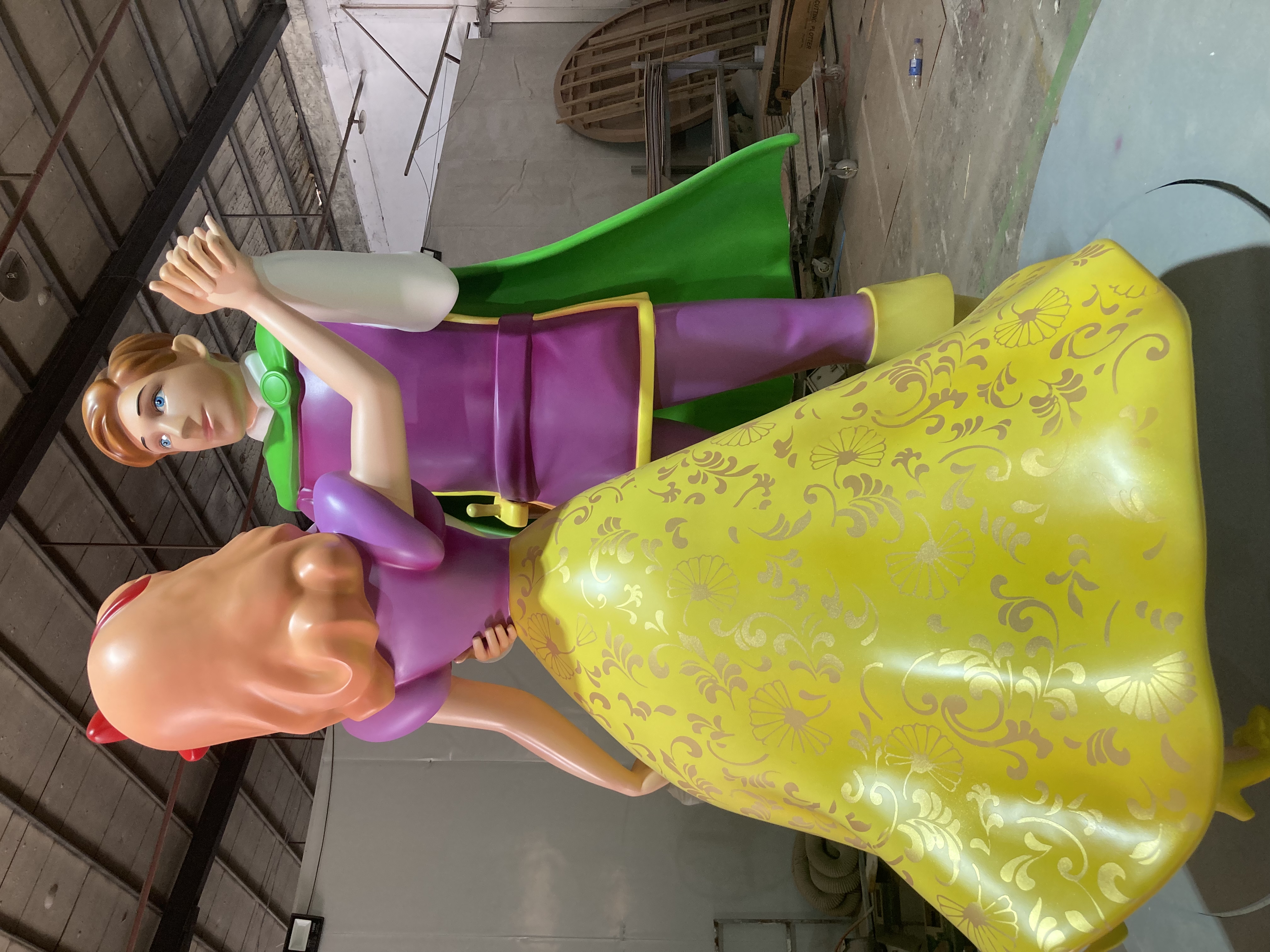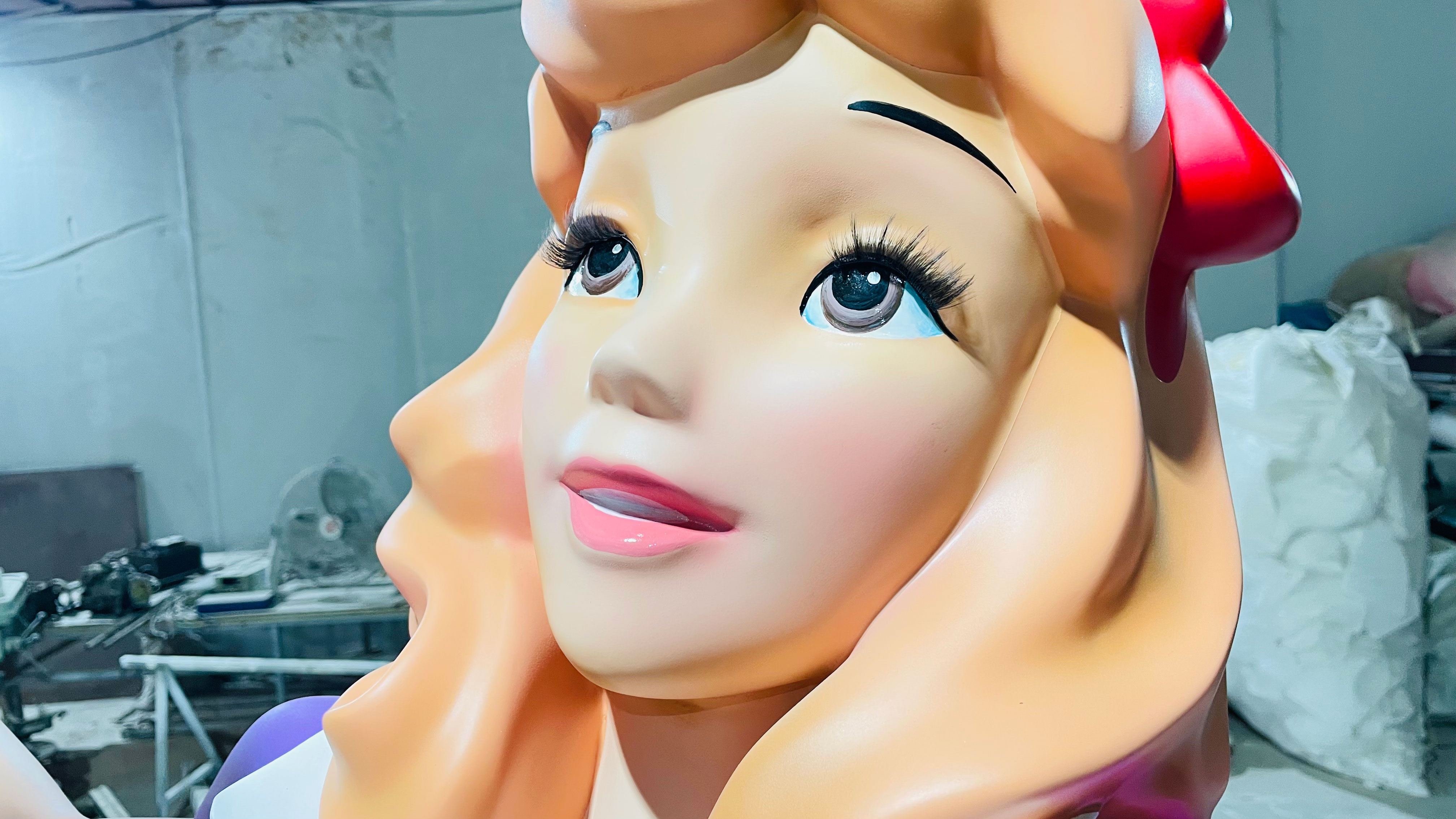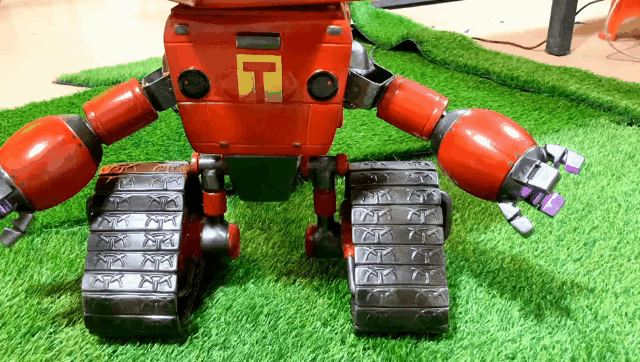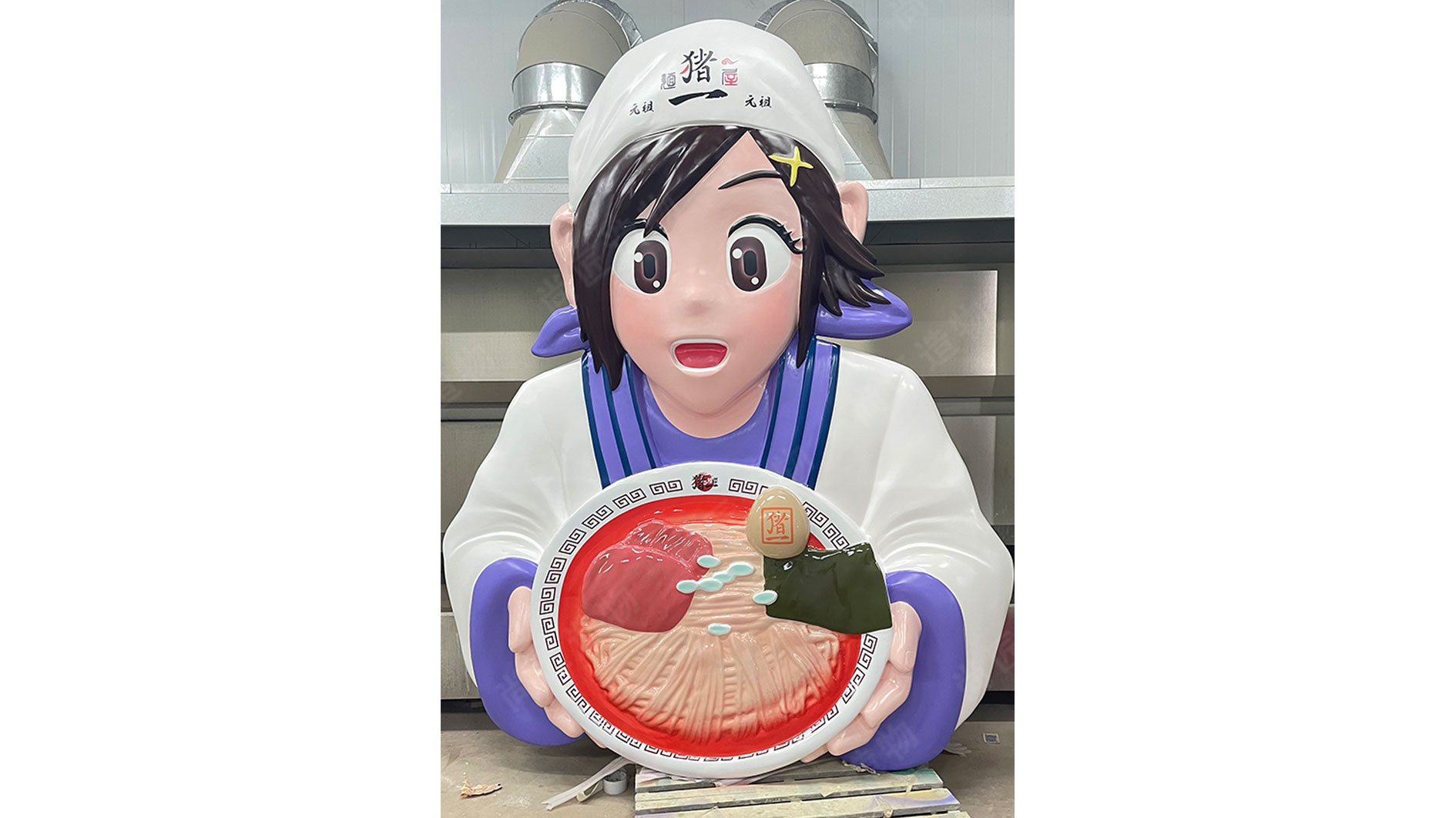Key Takeaways
Mechanized sculpture installations blend engineering precision with artistic vision, creating dynamic works that challenge traditional boundaries. Three core themes emerge:
- Resourcefulness: Artists like Whiting repurpose discarded materials—gears, motors, and scrap metal—into kinetic sculptures, proving sustainability and creativity coexist.
- Cultural Impact: Herbie Hancock’s Rockit music video (1983) showcased animatronic sculptures as cultural landmarks, merging robotics with pop culture.
- Experimental Spaces: Avant-garde nightclubs serve as testing grounds, where mechanized art interacts with live audiences, dissolving lines between performance and object.
“Mechanized art isn’t just movement—it’s a dialogue between machine and emotion.” — Industrial Designer’s Journal, 2021
| Installation Type | Key Material | Movement Style | Notable Feature |
|---|---|---|---|
| Whiting’s Theater | Recycled Machinery | Jerky, Chaotic | Interactive Soundscapes |
| Rockit Video Props | Polished Metal | Synced to Music | Pop Culture Symbolism |
| Nightclub Installations | LED-Embedded Plastics | Fluid, Responsive | Audience-Triggered Motion |
Tip: To appreciate mechanized sculptures, observe how materials influence motion—rusty hinges create gritty rhythms, while smooth alloys enable seamless rotations. These installations often prioritize imperfection, celebrating the “humanness” of mechanical flaws.
Transitioning from static art to kinetic storytelling, these works redefine how audiences engage with sculpture, setting the stage for deeper exploration of animatronic artistry’s technical and philosophical foundations.

Mechanized Sculpture Installations Defined
Mechanized sculpture installations represent a fusion of engineering precision and artistic vision, where static forms gain life through programmed motion. These works integrate mechanical components—gears, motors, or pneumatic systems—to create rhythmic or unpredictable movements, transforming inert materials into dynamic narratives. Unlike traditional sculpture, which prioritizes form and texture, these installations emphasize interaction between motion, space, and viewer perception.
Rooted in early 20th-century kinetic art, modern iterations often incorporate digital controls, enabling synchronized choreography of multiple elements. For instance, IP character sculpture designs demonstrate how mechanized systems can evoke personality through repetitive gestures or responsive behaviors. The genre’s versatility allows artists to repurpose industrial remnants—discarded metal, salvaged machinery—into commentaries on technology’s role in society. This approach not only redefines material value but also challenges boundaries between functional machinery and expressive art. As audiences engage with these moving sculptures, they witness a dialogue between human creativity and mechanical logic, where each motion becomes a brushstroke in a three-dimensional canvas.

What Drives Animatronic Artistry?
Animatronic artistry thrives at the intersection of mechanical innovation and creative vision, propelled by artists’ desire to transform static materials into dynamic narratives. Central to this movement is the interplay between engineering precision and artistic expression, where motion becomes a language. Early pioneers drew inspiration from mid-20th-century kinetic art, merging industrial aesthetics with theatrical storytelling. Today, creators repurpose discarded machinery and everyday objects—such as Fiberglass sculpture components—to build mechanized works that challenge perceptions of waste and functionality. This practice reflects a broader cultural shift toward sustainability while redefining how audiences interact with art.
The drive also stems from experimental performance traditions, where animatronics amplify emotional resonance through rhythm, sound, and unpredictable movement. Artists often collaborate with technologists to push boundaries, integrating hydraulics, robotics, and analog systems. Such partnerships blur the line between art and engineering, revealing how mechanized sculptures can evoke wonder, critique consumer culture, or mirror societal tensions. As these installations evolve, they continue to question what it means to imbue inanimate objects with lifelike agency—a pursuit as philosophical as it is technical.

Whiting's Mechanical Theater Revival
The resurgence of interest in Whiting's Mechanical Theater underscores a growing fascination with mechanical artistry rooted in industrial aesthetics. Emerging from Detroit's post-manufacturing landscape, this revival reimagines discarded machine components—gears, pistons, and conveyor belts—as protagonists in kinetic narratives. Unlike static Realistic sculpture, Whiting's installations prioritize motion, with synchronized mechanical actors performing choreographed routines that mimic organic gestures. Salvaged materials gain second lives as rotating torsos or clattering percussionists, their rusted surfaces contrasting with the precision of their programmed movements.
This revival bridges early 20th-century automaton traditions with contemporary maker culture, emphasizing accessibility through repurposed industrial parts. Workshops accompanying exhibitions invite audiences to dismantle and reconfigure mechanical fragments, democratizing the engineering behind animatronic theater. Critics note how Whiting’s work critiques consumerism by transforming decommissioned machinery into cultural commentary—a theme later echoed in avant-garde nightclub installations. The interplay of analog mechanics and rudimentary digital controls creates a tactile authenticity, distinguishing it from purely computer-driven kinetic art. Such tactile engagement prepares readers to explore how discarded materials evolve into cohesive kinetic systems in the next section.

Discarded Materials to Kinetic Masterpieces
The transformation of discarded materials into mechanized sculptures reveals how industrial waste can find new purpose through artistic reinvention. Artists often source metal scraps, obsolete machinery, and electronic components from landfills or junkyards, reconfiguring them into intricate Kinetic sculpture systems. This approach not only addresses sustainability but also challenges perceptions of value—rusted gears become rhythmic elements, while shattered glass refracts light in sync with mechanical motion.
Central to these works is the interplay between raw, weathered textures and precise engineering. Motors, pulleys, and sensors are integrated to animate otherwise static objects, creating dynamic patterns that evoke both chaos and harmony. For instance, a sculpture might use salvaged bicycle chains to mimic organic waveforms or repurpose old typewriter keys as percussive instruments triggered by motion detectors. Such creations blur the line between industrial decay and technological innovation, proving that motion itself can breathe narrative into forgotten materials.
This practice aligns with broader themes in animatronic artistry, where mechanical theater and experimental performance converge. By embedding discarded fragments with kinetic life, artists forge visceral connections between human ingenuity, environmental consciousness, and the poetry of movement.

Herbie Hancock's Rockit Video Legacy
The 1983 music video for Herbie Hancock’s Rockit remains a landmark in blending mechanized sculpture installations with mainstream media. Directed by Godley & Creme, the video featured a surreal stage dominated by disassembled robotic mannequins, their jerky, synchronized movements mirroring the song’s electronic beats. These animatronic figures, designed by Jim Whiting, were constructed using industrial components like stainless steel sculpture frameworks and repurposed machine parts, creating a visual metaphor for technology’s dual role as both creator and disruptor.
While Whiting’s earlier work repurposed discarded materials, Rockit elevated kinetic art into pop culture, reaching audiences unfamiliar with avant-garde galleries. The video’s mechanical dancers—limbs twitching in uncanny rhythm—became icons of the era’s fascination with cybernetics. This collaboration between musician and sculptor demonstrated how mechanized art could transcend static displays, evolving into dynamic performances that challenged traditional boundaries. By integrating animatronics into a Grammy-winning visual narrative, Hancock and Whiting cemented mechanized sculpture’s relevance beyond niche art circles, foreshadowing its future role in experimental stage design and interactive installations.

Avant-Garde Nightclubs as Art Labs
While galleries and museums often dominate discussions of mechanized sculpture, avant-garde nightclubs have quietly emerged as experimental hubs for animatronic artistry. These spaces blend immersive environments with kinetic installations, transforming dance floors into dynamic stages where motion-driven sculptures interact with audiences. In cities like New York and Berlin, artists repurpose industrial components—gears, pistons, and conveyor belts—into rhythmic installations synchronized with electronic music, creating multisensory experiences that challenge traditional art-viewing norms.
The fusion of discarded machinery and artistic vision here mirrors themes seen in Whiting’s Mechanical Theater, but with a nocturnal twist. For instance, Cartoon sculpture elements often appear in these spaces, their exaggerated movements juxtaposed against stark, industrial backdrops. This interplay of humor and mechanized precision reflects a broader cultural shift toward reclaiming obsolete technology for creative expression. By integrating animatronics into nightlife, these venues democratize access to kinetic art, inviting patrons to engage with sculptures not as passive observers but as active participants in ever-evolving performances.

Animatronics Meet Experimental Performance
The intersection of animatronics and experimental performance redefines how audiences engage with kinetic art. Unlike static sculptures, mechanized installations in live settings introduce unpredictability, blending programmed motion with human improvisation. Artists often integrate sensors or responsive programming, allowing sculptures to react to sound, movement, or environmental shifts. This dynamic interaction transforms stages into hybrid spaces where machines and performers coexist—gears whirring in sync with dancers, or pneumatic arms mirroring a musician’s tempo.
Such collaborations challenge traditional boundaries. For instance, experimental theater troupes have incorporated animatronic props that "improvise" alongside actors, creating narratives shaped by both human intent and mechanical randomness. Meanwhile, avant-garde composers use motorized sculptures as percussive instruments, their clattering rhythms becoming part of the score. These works emphasize process over perfection, embracing glitches or mechanical delays as artistic elements. By merging engineering precision with spontaneous expression, animatronic performances question what it means to create—and who (or what) holds agency in art.

Crafting Motion in Mechanized Sculptures
The creation of movement in mechanized sculptures relies on a precise interplay between engineering and artistic vision. Artists begin by mapping kinetic sequences, often using gears, pulleys, or programmable motors to translate static materials into dynamic forms. For instance, Whiting’s Mechanical Theater employs salvaged metal components—springs from old machinery or repurposed clockwork—to generate rhythmic motions that mimic organic gestures. This process demands meticulous calibration, as even minor imbalances can disrupt a sculpture’s fluidity.
Advancements in animatronic technology have expanded possibilities, allowing creators to synchronize motion with sound or light. The mechanisms behind Herbie Hancock’s Rockit video sculptures, for example, used early computerized systems to choreograph robotic limbs in time with music. Such works highlight how motion design transcends functionality, becoming a narrative tool that evokes emotion through repetition, speed, or sudden pauses. By blending industrial aesthetics with theatrical timing, artists transform cold mechanics into living art, inviting viewers to question where machinery ends and expression begins.
Conclusion
As this exploration of mechanized sculpture installations demonstrates, the interplay between motion and materiality continues to redefine artistic boundaries. From Whiting’s Mechanical Theater to Herbie Hancock’s groundbreaking Rockit visuals, these works illustrate how discarded components can transcend their origins through kinetic reinvention. The integration of animatronics into experimental performance spaces—particularly avant-garde nightclubs—highlights a broader cultural shift toward immersive, interactive art. While technical innovation drives these creations, their enduring impact lies in their ability to evoke emotion through rhythm, unpredictability, and the tactile presence of machinery. As artists increasingly bridge engineering and aesthetics, mechanized sculptures stand as testaments to humanity’s fascination with bringing the inanimate to life—a dialogue between form, function, and the fleeting nature of motion itself.

FAQs
What defines a mechanized sculpture installation?
These artworks combine mechanical components with sculptural forms to create programmed movements, often responding to sensors or pre-choreographed sequences. Unlike static sculptures, they emphasize kinetic interaction between materials and motion.
How did discarded materials influence Whiting's Mechanical Theater?
By repurposing industrial scraps and obsolete machinery, Whiting transformed waste into articulated figures with lifelike gestures. This approach highlights sustainability while challenging perceptions of value in art materials.
Why is Herbie Hancock's Rockit video significant to this art form?
The 1983 music video showcased mechanized sculptures as central characters, bringing animatronic artistry to mainstream audiences. Its surreal, clanking robots became iconic symbols of merging technology with creative expression.
What role do avant-garde nightclubs play in mechanized art?
Experimental venues serve as testing grounds for interactive installations, where motion-activated sculptures enhance immersive experiences. These spaces blur lines between performance, visual art, and audience participation.
Can mechanized sculptures function without digital technology?
Yes—many early installations relied on analog systems like pulleys, gears, and wind-up mechanisms. Modern works often blend analog and digital elements to expand possibilities for rhythmic or unpredictable movements.
How do artists maintain safety in kinetic installations?
Engineers collaborate with creators to implement fail-safes, such as motion sensors and emergency stops, ensuring moving parts operate smoothly without endangering viewers or performers.
 ch
ch English
English





